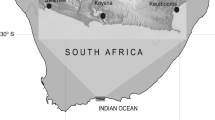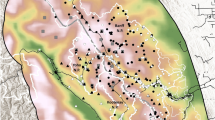Abstract
The Canadian government's current management procedure for harp seals is described by Fisheries and Oceans Canada as using the Precautionary Approach. Employing a similar underlying population model, we simulated the effects of uncertainty involving bias in estimates of human induced mortality, natural mortality, and pup production estimates as a set of robustness trials. Our results indicated that for the range of annual total allowable catches (TAC) considered and set for Canada’s commercial harp seal hunt (250,000 – 350,000), there were plausible circumstances under which the government's management procedures failed to meet their own conservation objectives. By contrast, a precautionary management regime should be robust to such levels of uncertainty. For some scenarios the current management strategy, although not fully specified, is likely to maintain a high TAC despite a declining population. In particular, once a high TAC has been set, the assessments are unlikely to provide the necessary evidence that the TAC should be reduced until the population is at a low level. Hence there is a substantial risk that the population may be depleted below the ‘minimum’ (N50) and ‘critical’ (N30) population reference points. There is a need for a management procedure based on risk analysis to be fully specified and tested. In the interim, reducing TACs to within limits calculated from a well-established precautionary procedure, such as Potential Biological Removal, would be a step towards more precautionary management.
Similar content being viewed by others
Article PDF
Author information
Authors and Affiliations
Corresponding author
Rights and permissions
About this article
Cite this article
Leaper, R., Matthews, J. Implications of uncertainty for Canada’s commercial hunt of harp seals (Pagophilus groenlandicus). Nat Prec (2008). https://doi.org/10.1038/npre.2008.1798.1
Received:
Accepted:
Published:
DOI: https://doi.org/10.1038/npre.2008.1798.1



